Marjoram Seeds

- Free shipping on all orders over 299rs
- Delivers in: 2-3 Days Shipping & Return
🌿 How to Grow Marjoram from Seeds
Common Names:
-
Hindi: मरुआ / मर्जोरम
-
Tamil: மர்ஜோரம்
-
Telugu: మర్జోరమ్
-
Malayalam: മർജോറം
-
Kannada: ಮರ್ಜೋರಮ್
-
English: Marjoram
-
Botanical name: Origanum majorana
1. Choose the Right Season
-
Warm-season perennial herb (grown as annual in cold climates)
-
Best time to sow:
-
February to April in India
-
After last frost in colder regions
-
-
Ideal temperature: 18°C to 28°C
-
Sensitive to frost and excessive moisture
2. Prepare the Soil
-
Soil Type: Light, well-draining sandy or loamy soil
-
pH Level: Slightly alkaline to neutral (6.5–7.5)
-
Add compost or aged manure for nutrition
-
Ensure good drainage to prevent root rot
3. Sow the Seeds
-
Depth: Surface sow or press lightly (do not bury deeply)
-
Spacing:
-
Garden: 8–10 inches between plants, 12 inches between rows
-
Containers: Use 6–8 inch deep pots, sow 3–4 seeds per pot
-
-
Mist gently after sowing — seeds are very fine
-
Cover with a thin layer of fine soil or vermiculite
4. Watering
-
Keep soil lightly moist during germination
-
After sprouting, water 1–2 times per week or when soil is dry
-
Marjoram prefers drier conditions once mature
-
Avoid overwatering — very prone to rot in soggy soil
5. Germination
-
Germinates in 10–14 days
-
Needs warm temperatures and good light to sprout
-
Thin seedlings after 2–3 weeks, keeping strongest ones
6. Sunlight & Temperature
-
Needs 6–8 hours of sunlight daily
-
Prefers warm, dry weather
-
Can tolerate partial shade but thrives in full sun
7. Fertilization
-
Light feeders — apply compost or liquid organic fertilizer every 4–6 weeks
-
Over-fertilizing reduces flavor and aroma
-
Balanced NPK compost or vermicompost works well
8. Pest Control
-
Common pests: Aphids, whiteflies, spider mites
-
Use neem oil + soap spray every 10–15 days if pests appear
-
Ensure proper spacing and airflow to avoid fungal issues
9. Harvesting
-
Ready to harvest in 60–70 days
-
Snip tender leaves and stems regularly to encourage new growth
-
Best harvested before flowering for maximum flavor
-
Can be dried for later use
10. Regrow Tip
-
Regrows from cuttings and basal stems
-
Can be propagated by division of mature plants
-
In warm climates, grows year-round as a perennial
-
Self-seeds if flowers are allowed to mature
🥗 Health Benefits of Marjoram
-
Supports digestion and relieves gas and bloating
-
Natural anti-inflammatory and antimicrobial herb
-
Helps ease stress, menstrual cramps, and insomnia
-
Used in traditional remedies for respiratory and joint pain


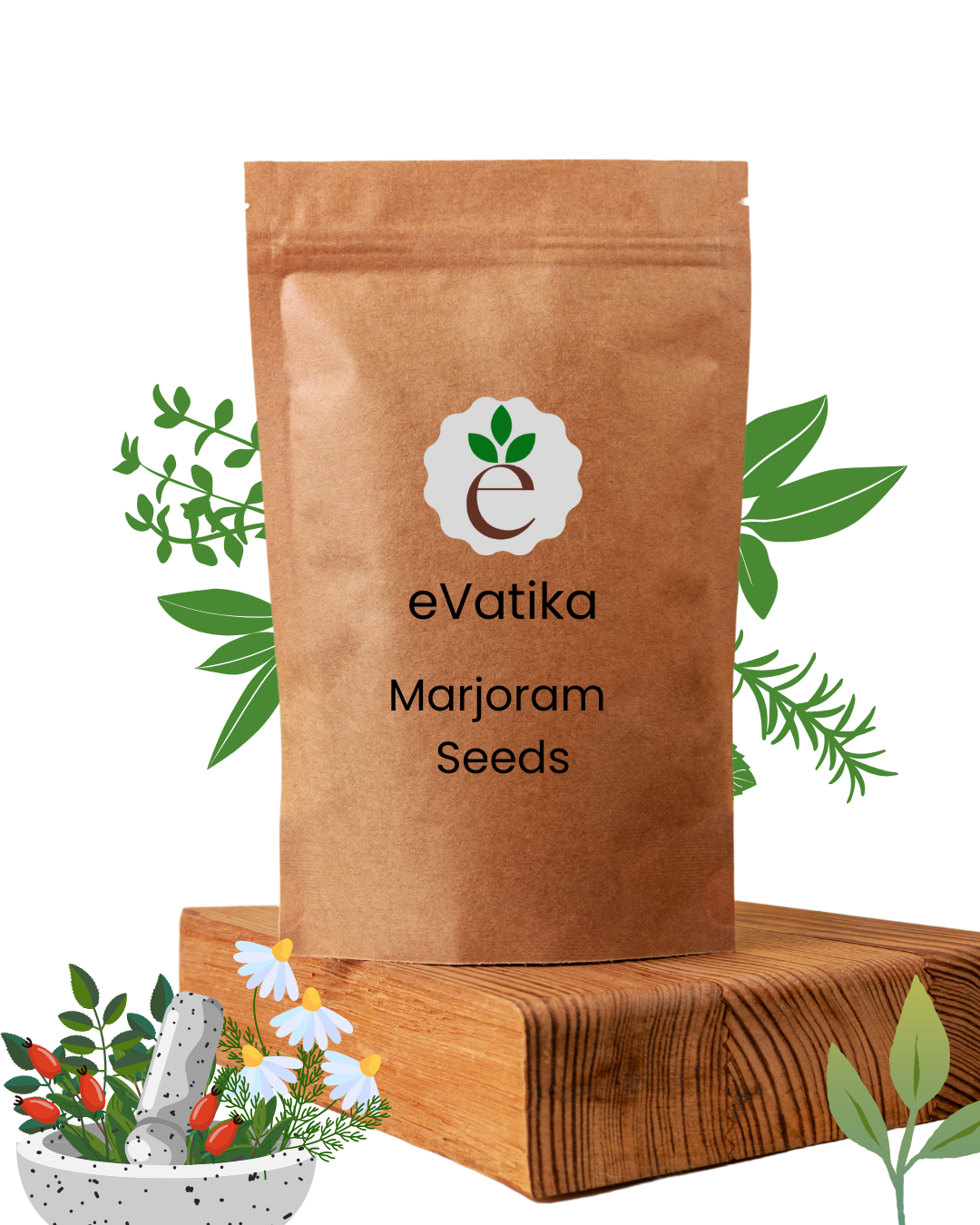
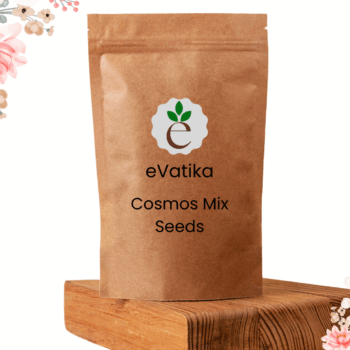

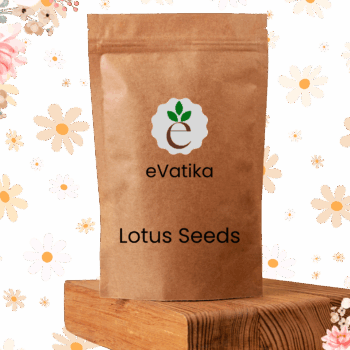
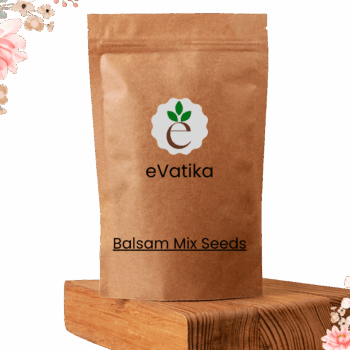
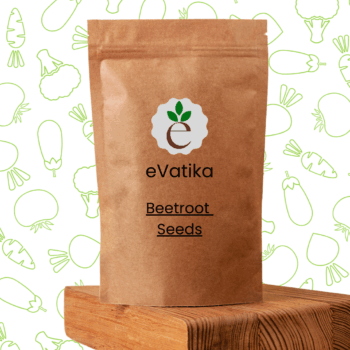


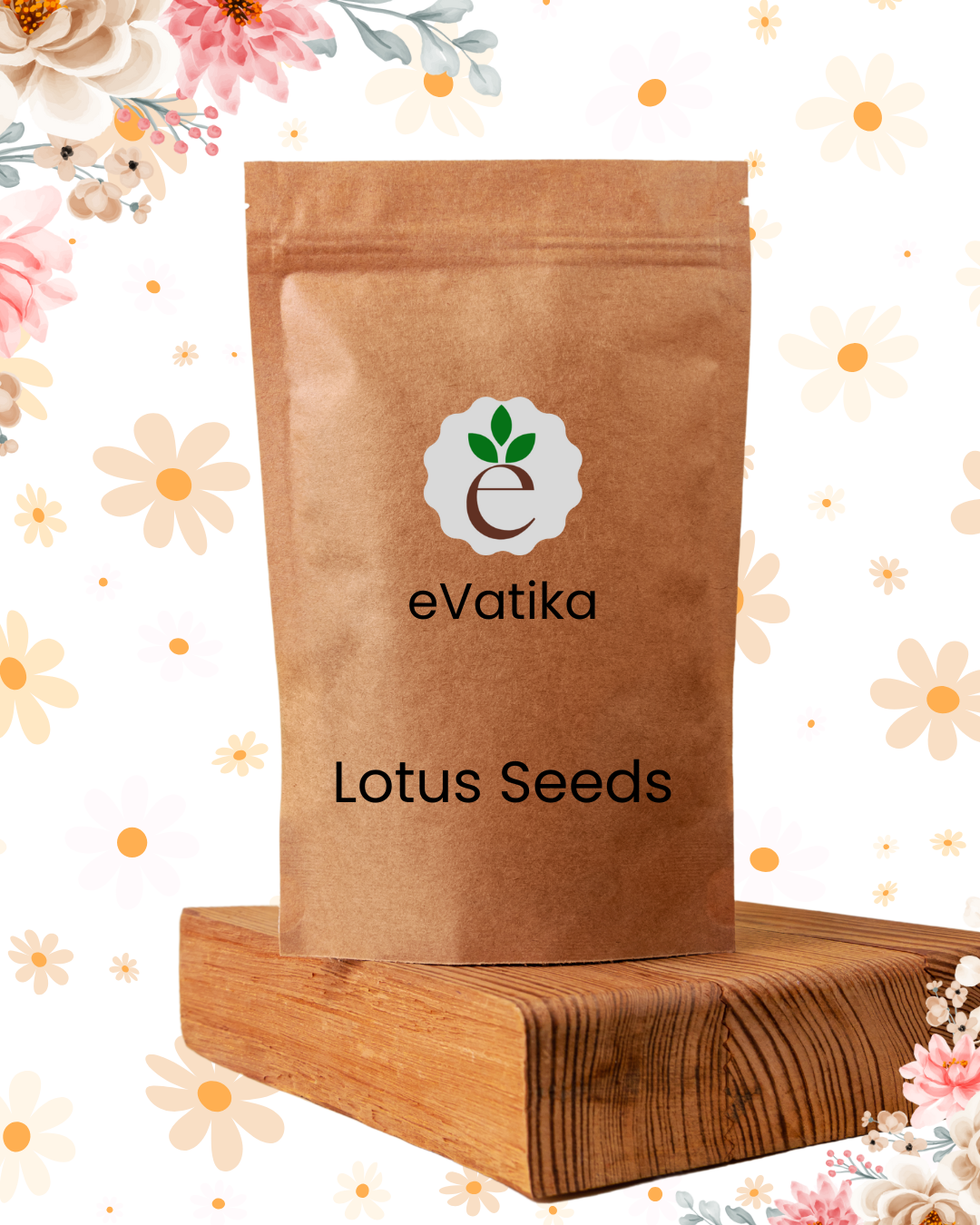

Reviews
There are no reviews yet.